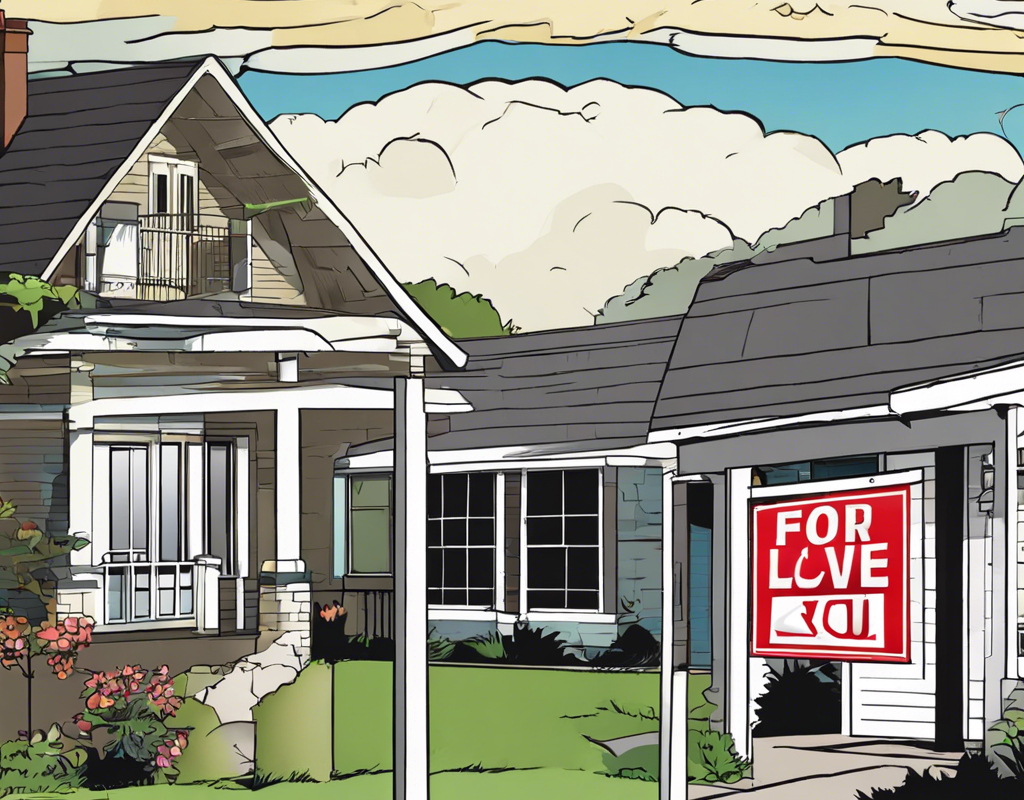Investing in real estate is a popular path to growing wealth, but not all strategies are created equal. Two common approaches are renting out properties and flipping houses. Each method has its own set of advantages and challenges, catering to investors with different financial goals, risk tolerances, and skill sets. So, which one should you choose? Let’s delve into the details to help you make an informed decision.
Renting Properties
Renting properties is a long-term play for investors seeking stable, consistent income. This strategy involves buying a property, becoming a landlord, and collecting monthly rent checks from tenants. Over time, the property may appreciate in value, providing an additional boost to your investment. The rental market is relatively stable, as people always need places to live, ensuring a steady demand for rental units.
This investment approach is ideal for those who want a regular passive income stream and are comfortable with the responsibilities of being a landlord. These responsibilities include maintaining the property, addressing tenant concerns, and managing the overall rental process. Additionally, rental properties often offer tax advantages, such as deductions for mortgage interest, property taxes, and maintenance expenses.
Flipping Houses
Flipping houses, on the other hand, involves purchasing a property, often at a discounted price, making improvements to increase its value, and then selling it for a profit. This method can produce substantial returns in a relatively short period, but it’s not without risks.
Successful house flipping requires a keen eye for profitable properties, strong negotiation skills, and the ability to manage renovation projects efficiently and cost-effectively. It’s essential to factor in renovation costs, holding costs, and market conditions to ensure the flip yields a profit. This strategy is more suited to investors who are comfortable with risk, have significant renovation or real estate experience, and are prepared for the time commitment required.
Key Differences
One of the key differences between these strategies is the time horizon:
- Rental Properties: A long-term investment measured over years or decades, providing consistent income and potential property appreciation.
- House Flipping: A short-term strategy with profits realized in months, requiring a hands-on approach and a high tolerance for risk.
Flippers focus on identifying properties that can be quickly renovated and resold for a profit, while landlords prioritize finding properties that attract and retain long-term tenants.
Choosing the Right Strategy
When considering which strategy to pursue, evaluate your resources, skills, and financial goals:
- If you’re handy and enjoy renovation work, flipping houses may be more appealing.
- If you prefer a more hands-off approach and value steady income, renting could be your best bet.
Conclusion
Both rental properties and house flipping offer unique opportunities in the real estate market:
- Rental Properties: Provide consistent, long-term returns, making them ideal for investors seeking stable income.
- House Flipping: While riskier, this strategy can generate higher returns in a shorter period but demands more hands-on involvement, expertise, and time commitment.
Your choice should ultimately depend on your financial goals, risk tolerance, and the amount of time and effort you’re willing to invest. Whichever path you choose, real estate remains a promising avenue for building wealth and financial security.

